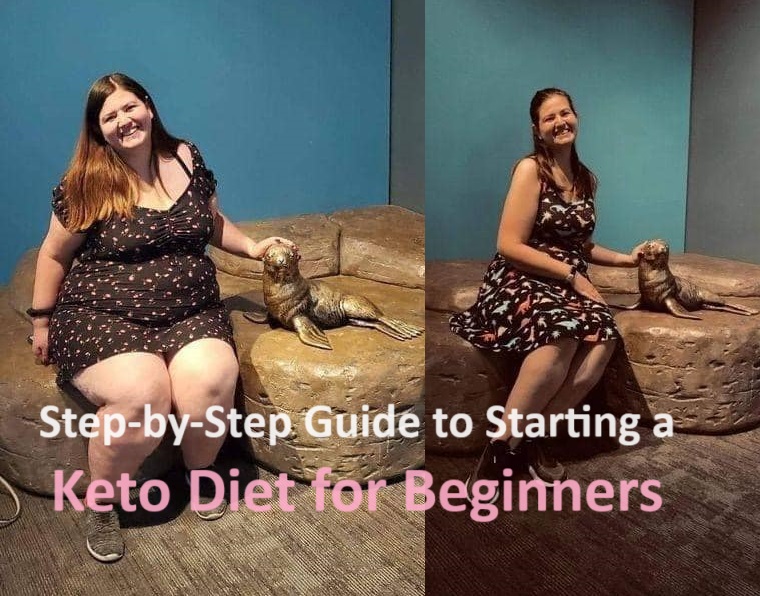You’ve likely heard about the buzz surrounding the low-carb, high-fat diet that’s become so popular, especially among actors and models. And there’s good reason for it: low-carb diets not only offer proper nourishment through whole foods but also keep your body burning fat for fuel, making weight loss seemingly effortless. But where does the term “ketogenic” fit into all of this?
Well, “ketogenic” stems from “ketosis,” a state where your body breaks down fat molecules into ketones to fuel your energy needs. This state is achieved through drastically reducing carbohydrate intake while increasing fat intake above normal levels. Normally, the body’s metabolism relies on “glycolysis,” where carbs are used for energy. However, in ketosis, the body switches gears to burn fat, which is excellent news for those aiming to trim down.
Benefits of Ketosis
By significantly cutting carb intake, insulin resistance—the precursor to type 2 diabetes—can be greatly reduced. Low-carb diets, when combined with exercise, have also shown effectiveness in managing and even alleviating symptoms of type 2 diabetes. Moreover, ketosis itself acts as an appetite suppressant, naturally regulating hunger, increasing the caloric deficit, and accelerating fat loss.
Getting Started
Transitioning into ketosis takes some time—about two weeks of low-carb eating for initial adaptation. During this period, you might experience sluggishness, fatigue, headaches, and gastrointestinal discomfort, often referred to as “keto flu.” Proper electrolyte intake can alleviate most of these symptoms. Additionally, don’t stress about calorie restriction during this initial phase, as weight loss will occur as your body adjusts and reduces cravings for sugar and processed foods.
The meal plan is structured to provide three balanced, nutritious meals a day, emphasizing fiber, satiation, and adequate protein intake. A significant advantage of the ketogenic diet is its ability to preserve muscle mass, unlike carb-based diets, which can lead to muscle loss alongside fat loss. This preservation of muscle mass contributes to a desirable body composition after weight loss, often termed “body recomposition.”
Additional Considerations
Ketogenic diets often lead to a notable loss of water weight in the initial phases. This occurs because carbohydrates are converted into glycogen, which is stored in water within muscles and the liver. As glycogen stores deplete, the body sheds this excess water weight. While rapid fat loss accompanies this initial phase, shedding water weight also reduces bloating, making clothes fit better.
Recommended and Avoided Foods on a Ketogenic Diet
Foods to include:
For Complete Cooking STEPS Please Head On Over To Next Page Or Open button (>) and don’t forget to SHARE with your Facebook friends
– Meat: Beef, lamb, turkey, pork, chicken.
– Fish: Salmon, trout, sardines, tuna.
– Fruits: Berries, avocado.
– Vegetables: Broccoli, asparagus, Brussels sprouts, cucumbers.
– Nuts and Seeds: Almonds, walnuts, sunflower seeds.
– Dairy Products: Cheese, Greek yogurt, heavy cream.
– Fats and Oils: Coconut oil, olive oil, butter.
Foods to avoid:
– Grains: Wheat, oats, corn, barley.
– Artificial Sweeteners: Sucralose, aspartame, saccharin.
– Processed Foods: Those containing carrageenan.
– “Low-fat” products: Atkins products, diet soda.
7-Day Ketogenic Diet Meal Plan and Menu
If you’re eager to begin, here’s a simple meal plan to help kickstart your journey.
Personal Experience and Tips
As someone who has successfully lost 45 pounds in four months following a ketogenic diet, I understand the challenges of navigating through the numbers and information overload. For simplicity, sticking to a few base meals and adding variety gradually works best for me. Consistency is key, even if it means eating the same thing daily.
Grocery List and Meal Preparation
To streamline the process, prepare base meals such as bacon and eggs, chicken with vegetables, and beef with vegetables, and portion them into containers. Additionally, have keto-friendly snacks readily available to meet your macronutrient needs.
Tracking Macronutrients
Tracking your food intake using tools like MyFitnessPal is essential for monitoring your macros and ensuring you stay within your daily limits. This helps maintain consistency and aids in achieving your weight loss goals.
Conclusion
As someone who has experienced the effectiveness of a ketogenic diet firsthand, I hope this 7-Day Ketogenic Diet Meal Plan provides clarity and simplifies your journey toward your fat loss goals. Remember, consistency and patience are key to success on this dietary path.
ADVERTISEMENT

